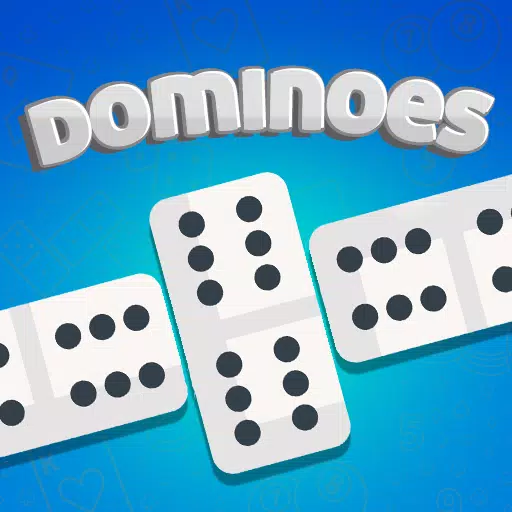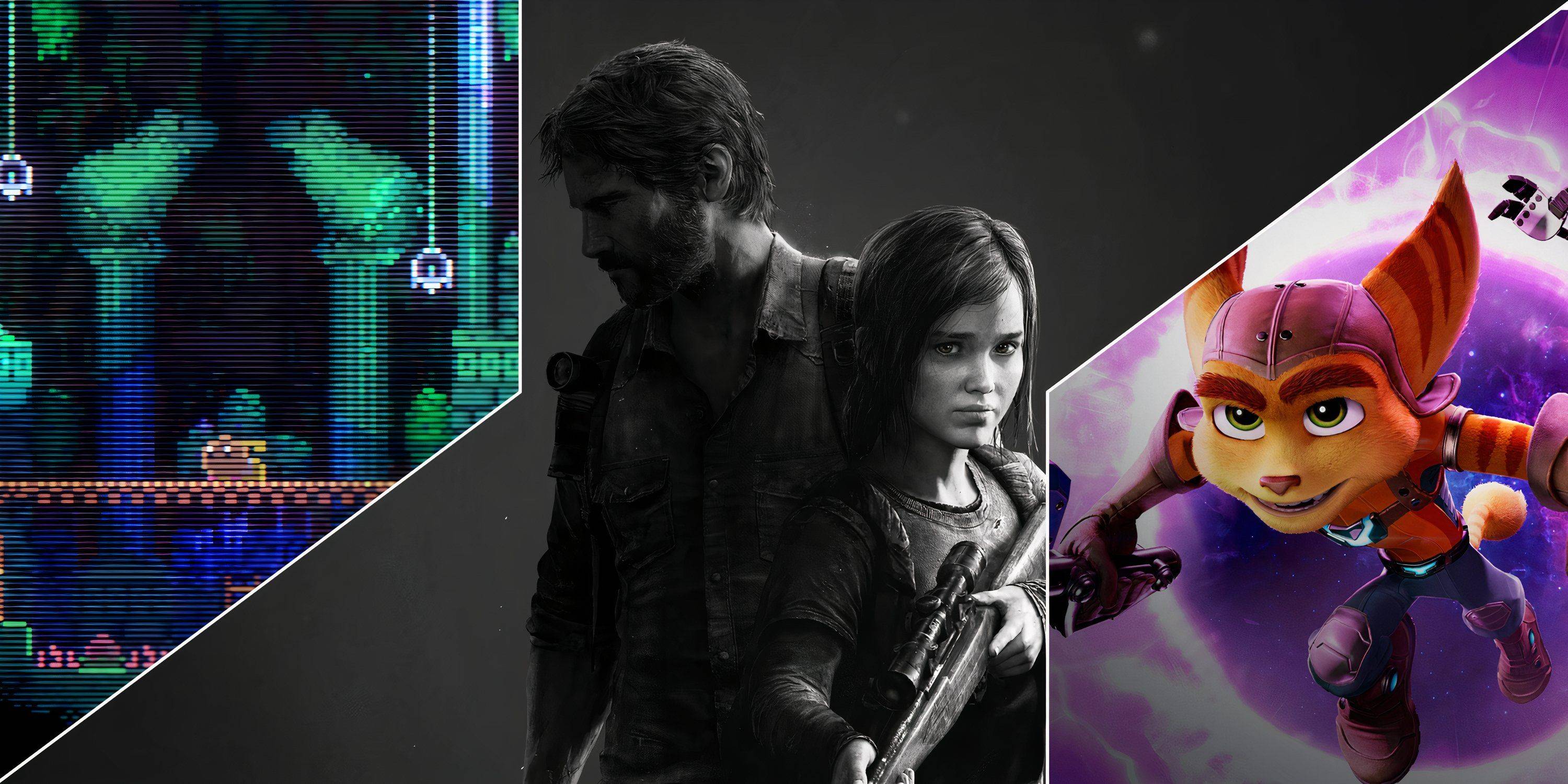Clash Royale Lava Hound Decks: A Comprehensive Guide
The Lava Hound, a legendary air troop in Clash Royale, is a formidable win condition due to its massive health pool (3581 HP at tournament levels). While its damage output is minimal, its death triggers the deployment of six damaging Lava Pups, making it a powerful force. The evolution of Lava Hound decks has been significantly shaped by new card introductions, yet it remains a top-tier strategy. This guide explores effective Lava Hound deck builds for the current Clash Royale meta.
How Lava Hound Decks Function
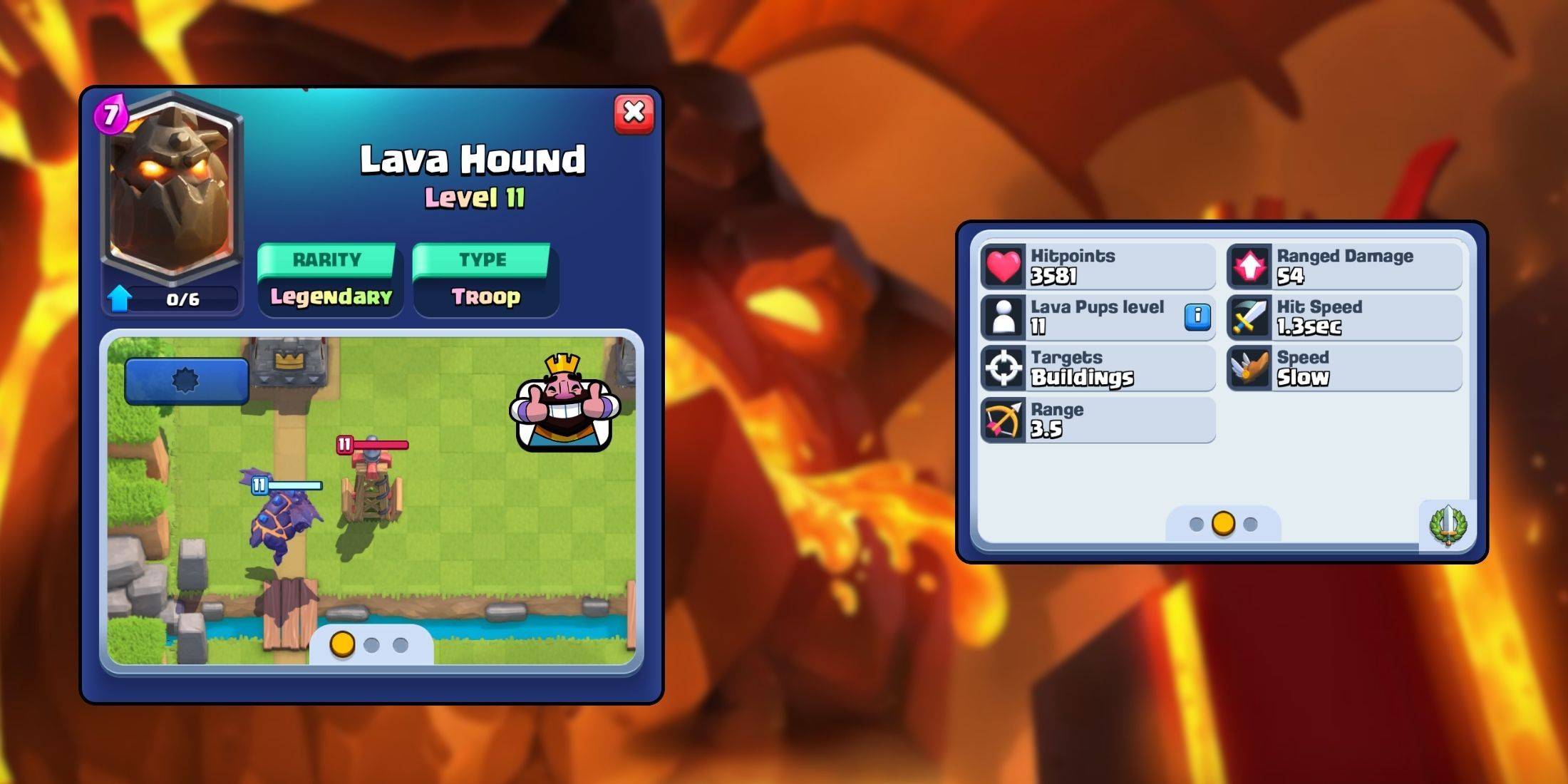 Lava Hound decks operate as Beatdown decks, employing the Lava Hound as their primary win condition instead of units like the Giant or Golem. They typically feature a mix of air support troops and one or two ground units for defense and distraction. The strategy often involves a slow, methodical push from the back, deploying the Lava Hound behind the King Tower, even if it means sacrificing some tower health for a favorable trade. The Lava Hound's effectiveness has been amplified by the introduction of the Royal Chef, whose ability to upgrade troops synergizes exceptionally well with the Lava Hound. Using the Royal Chef as your Tower Troop is highly recommended when using a Lava Hound deck.
Lava Hound decks operate as Beatdown decks, employing the Lava Hound as their primary win condition instead of units like the Giant or Golem. They typically feature a mix of air support troops and one or two ground units for defense and distraction. The strategy often involves a slow, methodical push from the back, deploying the Lava Hound behind the King Tower, even if it means sacrificing some tower health for a favorable trade. The Lava Hound's effectiveness has been amplified by the introduction of the Royal Chef, whose ability to upgrade troops synergizes exceptionally well with the Lava Hound. Using the Royal Chef as your Tower Troop is highly recommended when using a Lava Hound deck.
Top Lava Hound Deck Builds
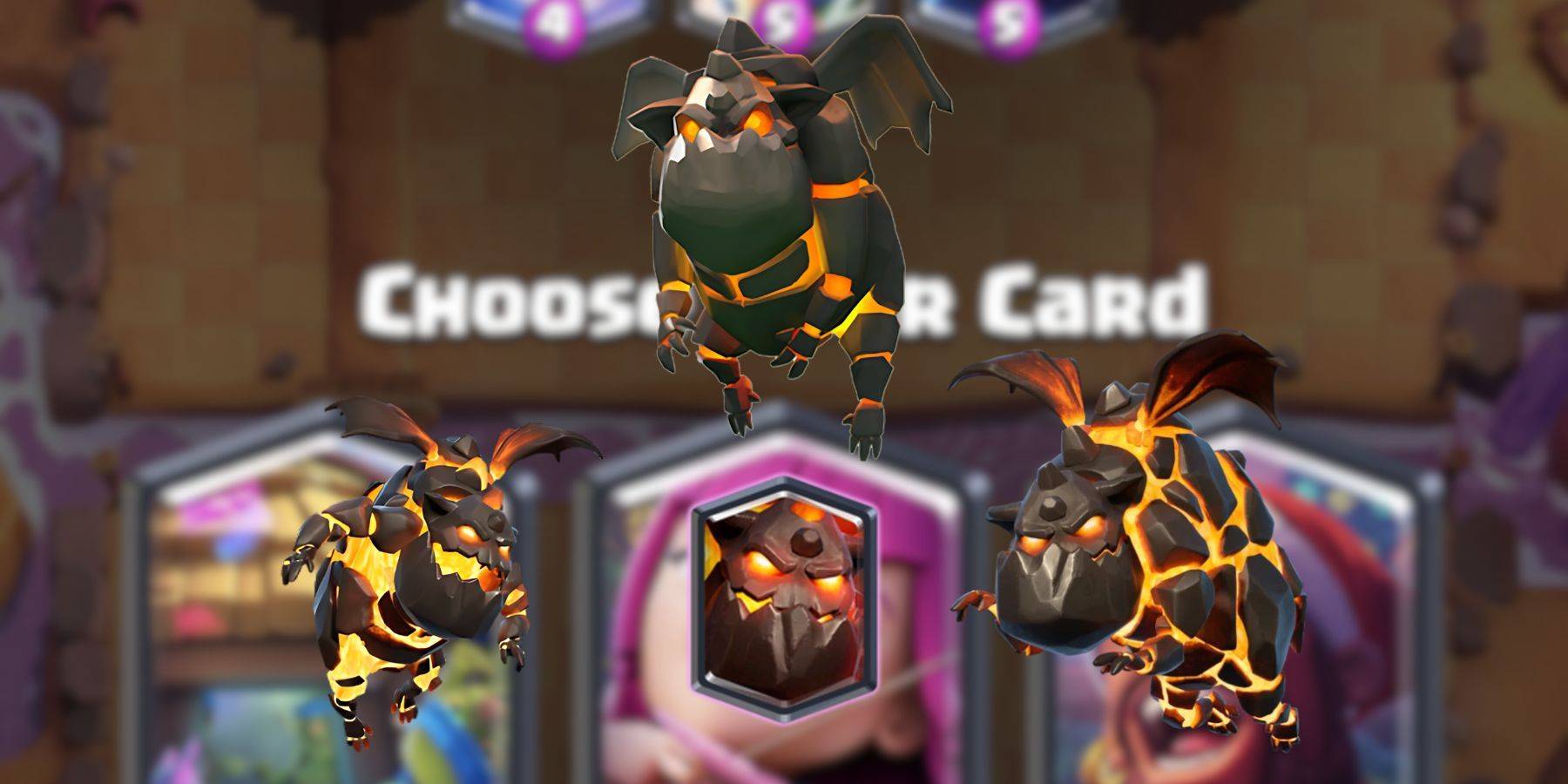 Here are three prominent Lava Hound deck variations currently excelling in Clash Royale:
Here are three prominent Lava Hound deck variations currently excelling in Clash Royale:
- LavaLoon Valkyrie
- Lava Hound Double Dragon
- Lava Lightning Prince
Let's delve into the specifics of each.
LavaLoon Valkyrie
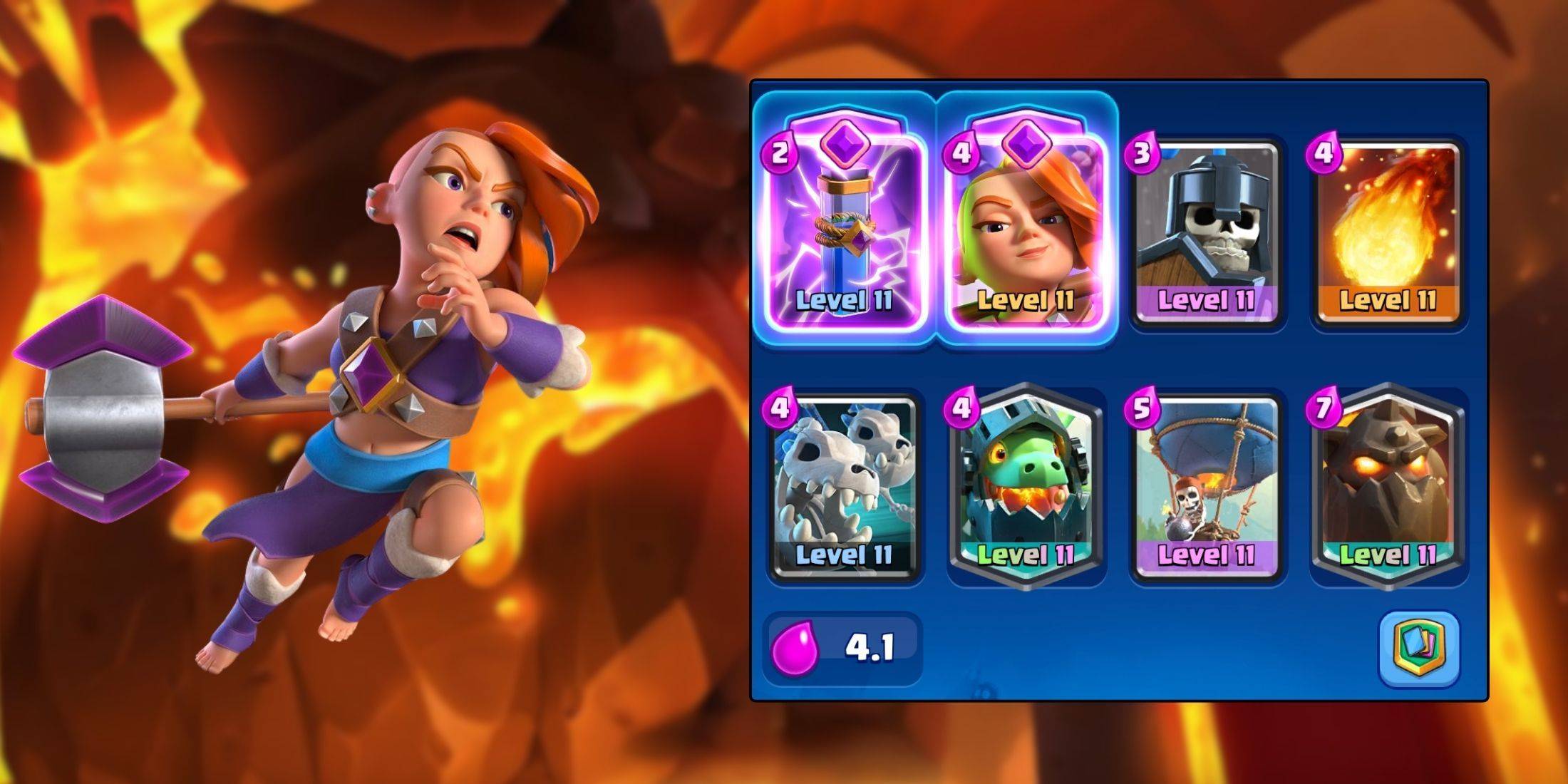 This popular deck combines two potent flying win conditions. While its average elixir cost of 4.0 isn't the lowest, it boasts a faster cycle compared to other Lava Hound decks.
This popular deck combines two potent flying win conditions. While its average elixir cost of 4.0 isn't the lowest, it boasts a faster cycle compared to other Lava Hound decks.
| Card Name | Elixir Cost |
|---|---|
| Evo Zap | 2 |
| Evo Valkyrie | 4 |
| Guards | 3 |
| Fireball | 4 |
| Skeleton Dragons | 4 |
| Inferno Dragon | 4 |
| Balloon | 5 |
| Lava Hound | 7 |
The Valkyrie serves as a mini-tank, countering swarm troops (Skeleton Army, Goblin Gang), and even providing defense against X-Bow decks. Guards offer consistent ground DPS against units like Pekka or Hog Rider. The core push involves simultaneous deployment of the Lava Hound and Balloon, using the Hound as a tank for the Balloon to reach the tower. The Inferno Dragon excels against high-HP units, while Evo Zap and Fireball provide utility and damage. Skeleton Dragons offer support and can reposition the Balloon.
Lava Hound Double Dragon
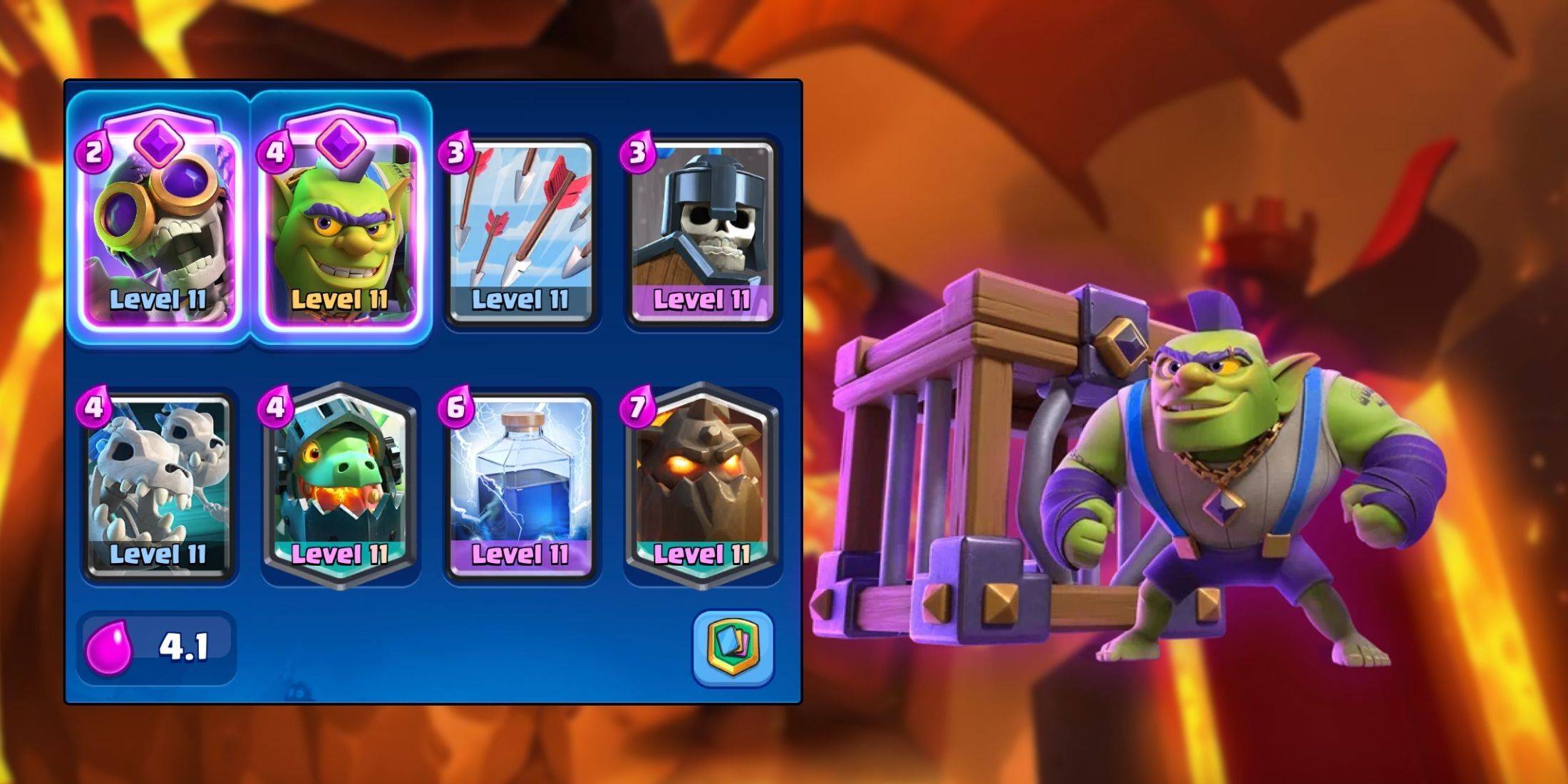 This deck leverages the power of evolution cards, particularly the Evo Bomber, for significant tower damage. The Evo Goblin Cage provides robust defense against various win conditions.
This deck leverages the power of evolution cards, particularly the Evo Bomber, for significant tower damage. The Evo Goblin Cage provides robust defense against various win conditions.
| Card Name | Elixir Cost |
|---|---|
| Evo Bomber | 2 |
| Evo Goblin Cage | 4 |
| Arrows | 3 |
| Guards | 3 |
| Skeleton Dragons | 4 |
| Inferno Dragon | 4 |
| Lightning | 6 |
| Lava Hound | 7 |
Guards continue their role as DPS support. The absence of a Balloon requires a strategic approach to breaking through with the Lava Hound. The Inferno Dragon and Skeleton Dragons remain key air support, while Lightning provides powerful area-of-effect damage and Arrows handle swarms. Arrows' higher damage compared to Log or Snowball makes them valuable for spell cycling.
Lava Lightning Prince
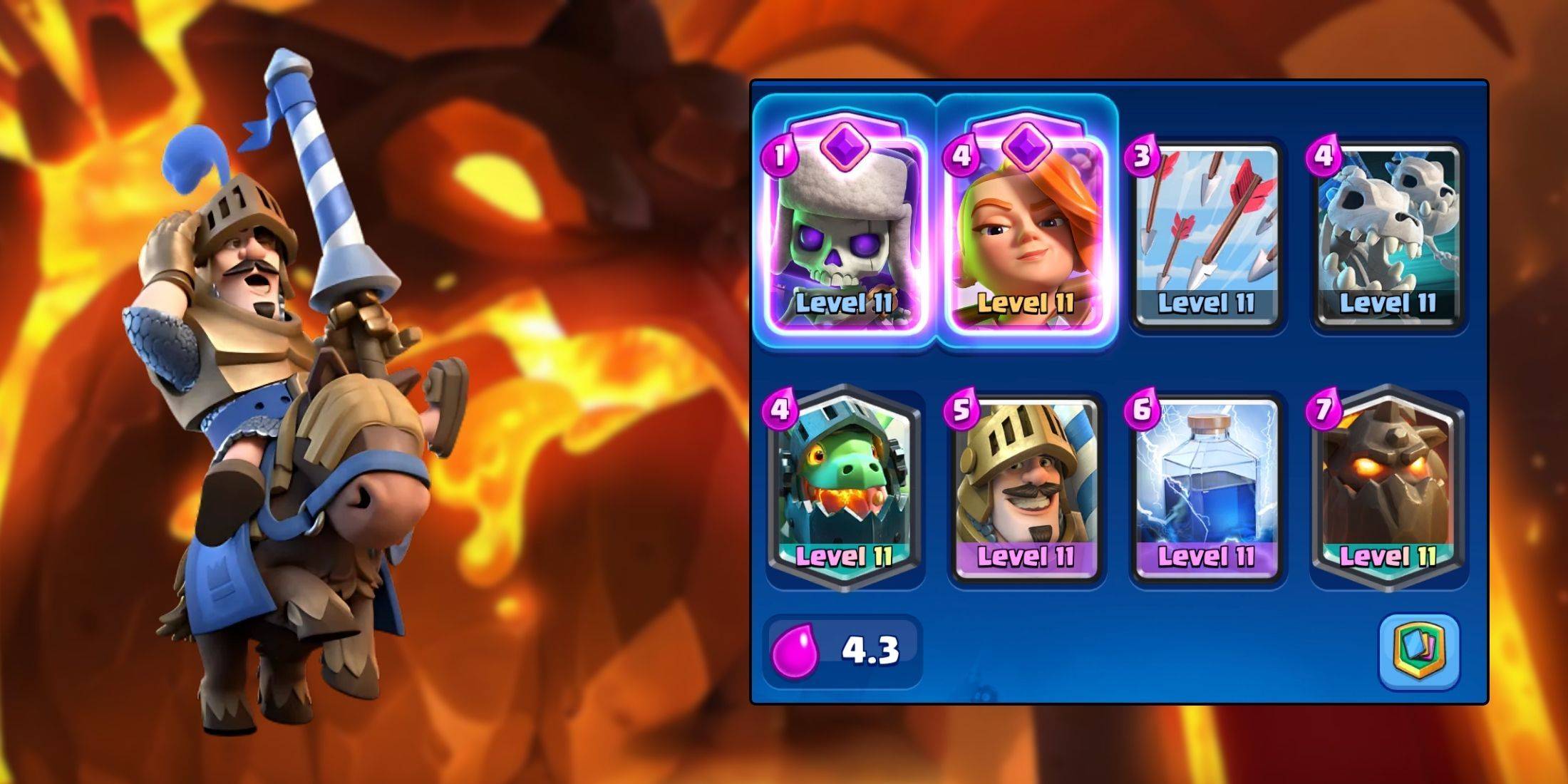 A slightly heavier but easier-to-play deck, featuring strong meta cards.
A slightly heavier but easier-to-play deck, featuring strong meta cards.
| Card Name | Elixir Cost |
|---|---|
| Evo Skeletons | 1 |
| Evo Valkyrie | 4 |
| Arrows | 3 |
| Skeleton Dragons | 4 |
| Inferno Dragon | 4 |
| Prince | 5 |
| Lightning | 6 |
| Lava Hound | 7 |
Evo Valkyrie's tornado effect adds control, while Evo Skeletons provide DPS. The Prince offers a secondary push and significant damage potential. Skeleton Dragons and Inferno Dragon handle air threats. The push strategy remains similar to the previous decks. The Prince can be substituted with a Mini-Pekka for a lower elixir cost.
Conclusion
Mastering Lava Hound decks requires practice and adaptation. Their methodical, slow-burn approach differs from cycle decks. The decks outlined here offer strong starting points, but experimenting with card combinations is crucial to finding your optimal playstyle.
 Home
Home  Navigation
Navigation






 Latest Articles
Latest Articles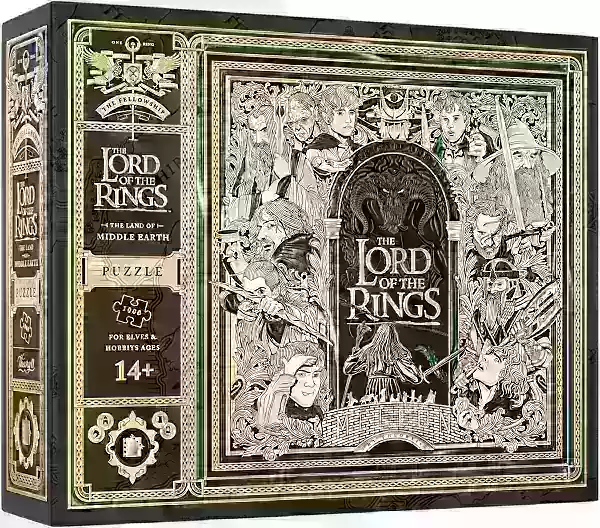










 Latest Games
Latest Games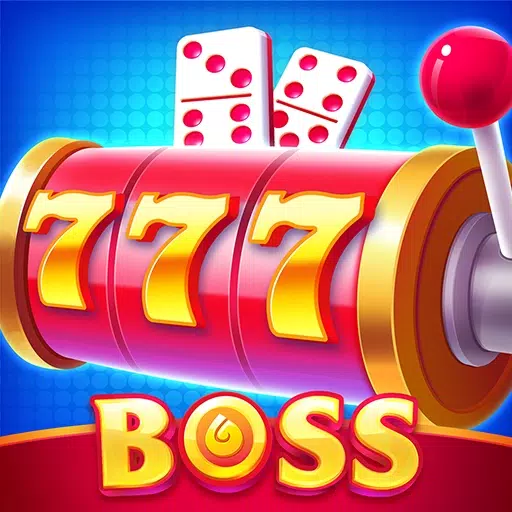

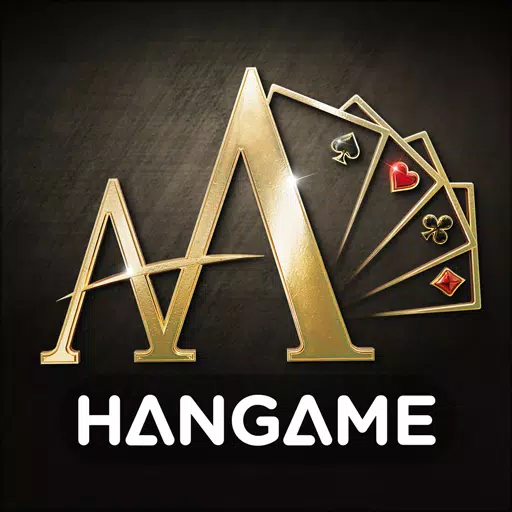


![Chubby Story [v1.4.2] (Localizations)](https://imgs.xddxz.com/uploads/85/1719638042667f981a5e9f8.jpg)

![Zia – New Version 0.4 [Studio Zia]](https://imgs.xddxz.com/uploads/47/1719569268667e8b74e6004.jpg)


